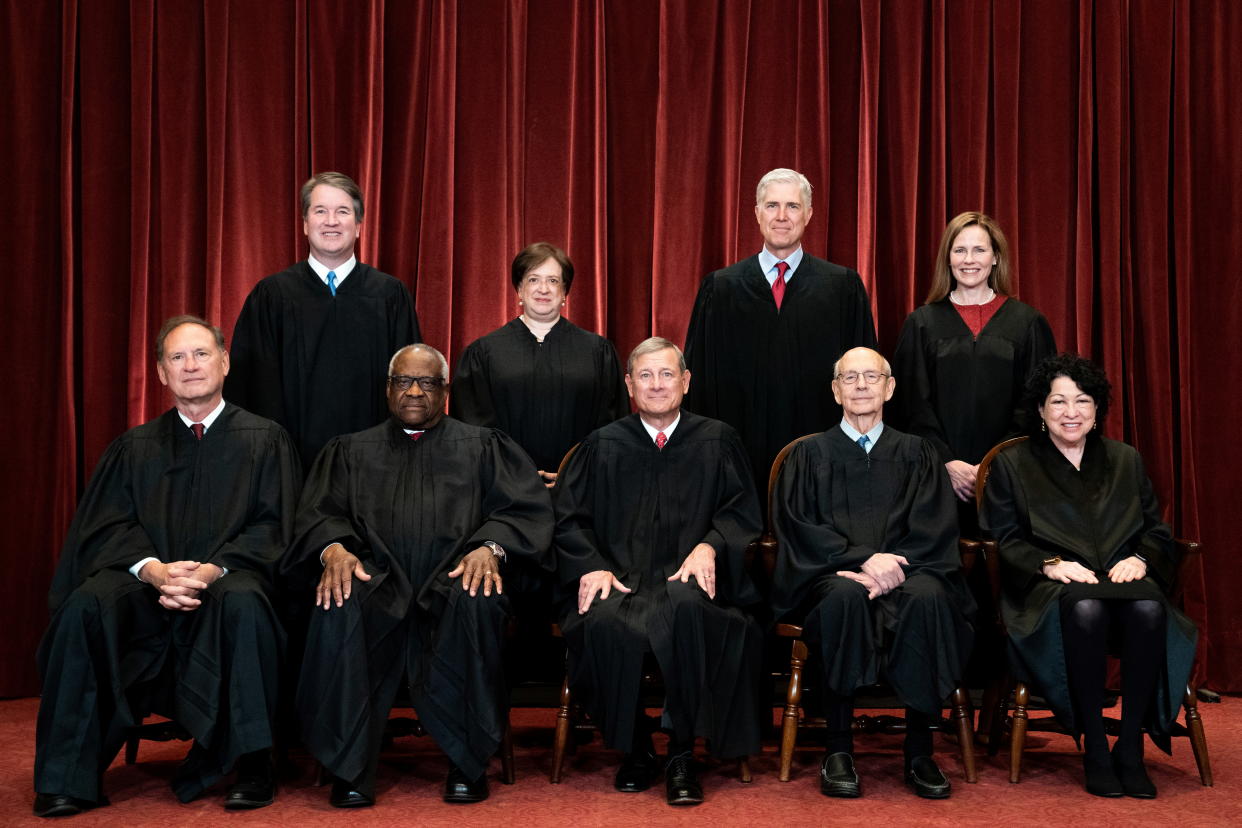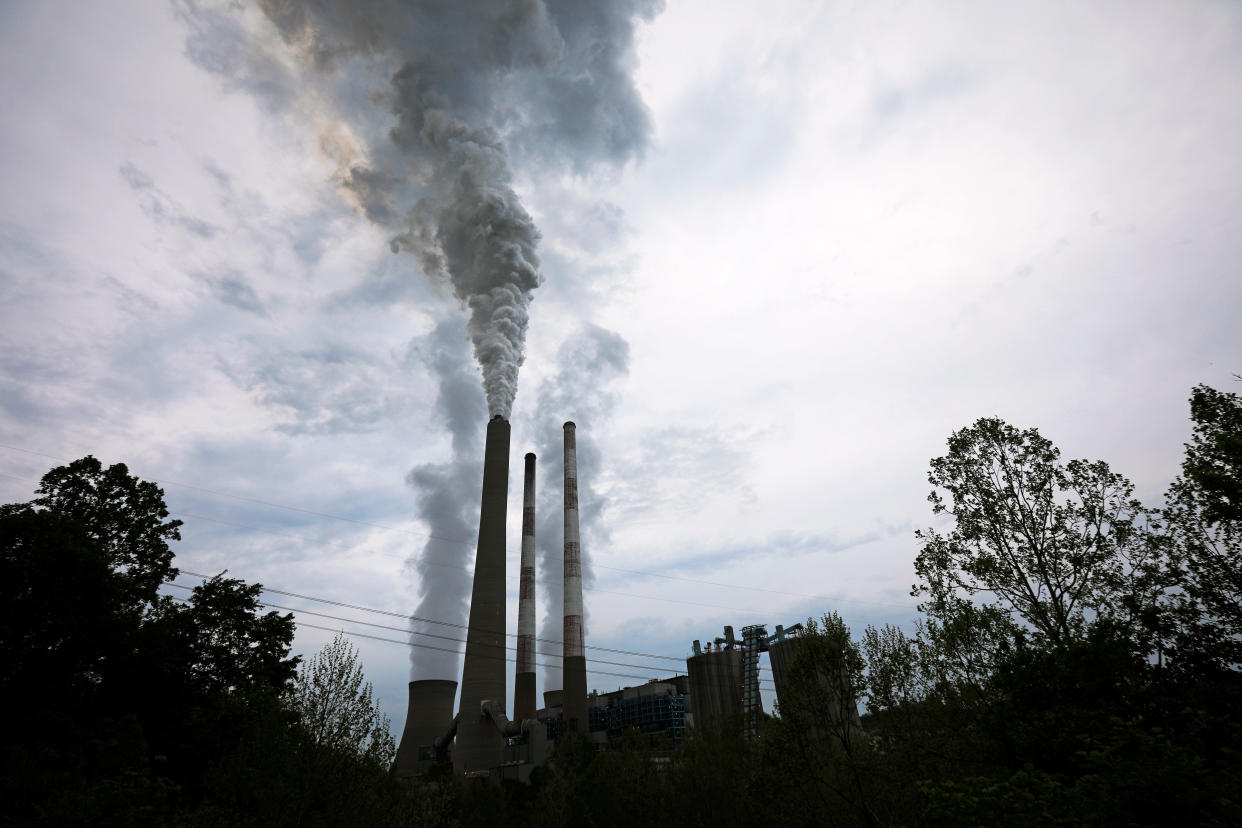Key cases left on the Supreme Court docket this term
The U.S. Supreme Court issued four new opinions on Thursday, including one major ruling that will make it easier for Americans to carry handguns in public.
That leaves the nation’s high court with nine cases left to be decided this term. Among them is the highly anticipated decision that could overturn the 1973 Roe v. Wade ruling, which legalized abortion nationwide. The next opinions are expected to be issued on Friday.
Here are the key cases remaining and the issues they involve.
Religious liberty

The justices are expected to issue a decision in a case (Kennedy v. Bremerton School District) involving a former Washington state high school football coach who lost his job for praying at the 50-yard line after games.
Lawyers for the coach, Joe Kennedy, argued that he should be allowed to express his faith in public, saying it is protected by the First Amendment under the free speech and free exercise clauses. The school district said it suspended Kennedy to avoid violating the Establishment Clause of the Constitution by appearing to endorse a particular faith.
During oral arguments in April, the justices seemed sympathetic to Kennedy.
Climate change

In a case (West Virginia v. Environmental Protection Agency) that could affect the Biden administration’s plan to curb carbon emissions, the court’s conservative majority appears likely to side with Republican-controlled states and coal companies.
Such a ruling could eliminate some of the key methods that the Biden administration can use to accelerate the power sector’s transition to cleaner sources of energy, potentially hamstringing its ability to meet the president’s goal of halving greenhouse gas emissions by 2030.
Following oral arguments in February, experts told Yahoo News that the court is virtually guaranteed to side with the petitioners — a coalition of red states and coal companies — but that the still-unknown logic and details of the ruling may determine the shape of U.S. climate regulation in the future.
The high court’s decision in the case comes on the heels of a dire new United Nations report concluding that the U.S. and other countries are falling short of their pledges to reduce greenhouse gas emissions in order to avert catastrophic climate change.
Abortion

In the most anticipated case (Dobbs v. Jackson Women’s Health Organization) left in its term, the court must decide whether Mississippi’s ban on abortions after 15 weeks of pregnancy is constitutional. In May, the publication of a leaked draft opinion by Justice Samuel Alito suggested the court is poised to overturn Roe v. Wade. The leak triggered nationwide protests and demonstrations outside of justices’ homes.
“Roe was egregiously wrong from the start,” Alito wrote in the draft opinion, which was published by Politico. “It is time to heed the Constitution and return the issue of abortion to the people’s elected representatives.”
President Biden said that if the draft opinion holds, it would represent a “radical” and “fundamental” shift in the rule of law. “It concerns me a great deal that we’re going to, after 50 years, decide a woman does not have the right to choose,” he said.
If the court were to overturn Roe, tens of millions of Americans would live in states where abortion would be outright banned or severely restricted.
